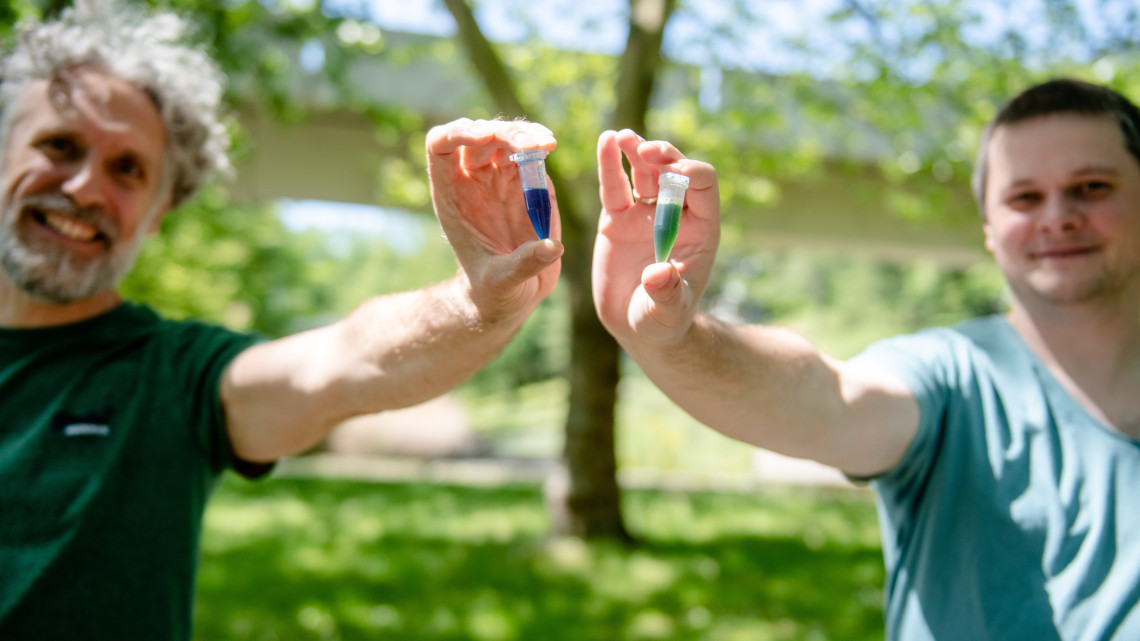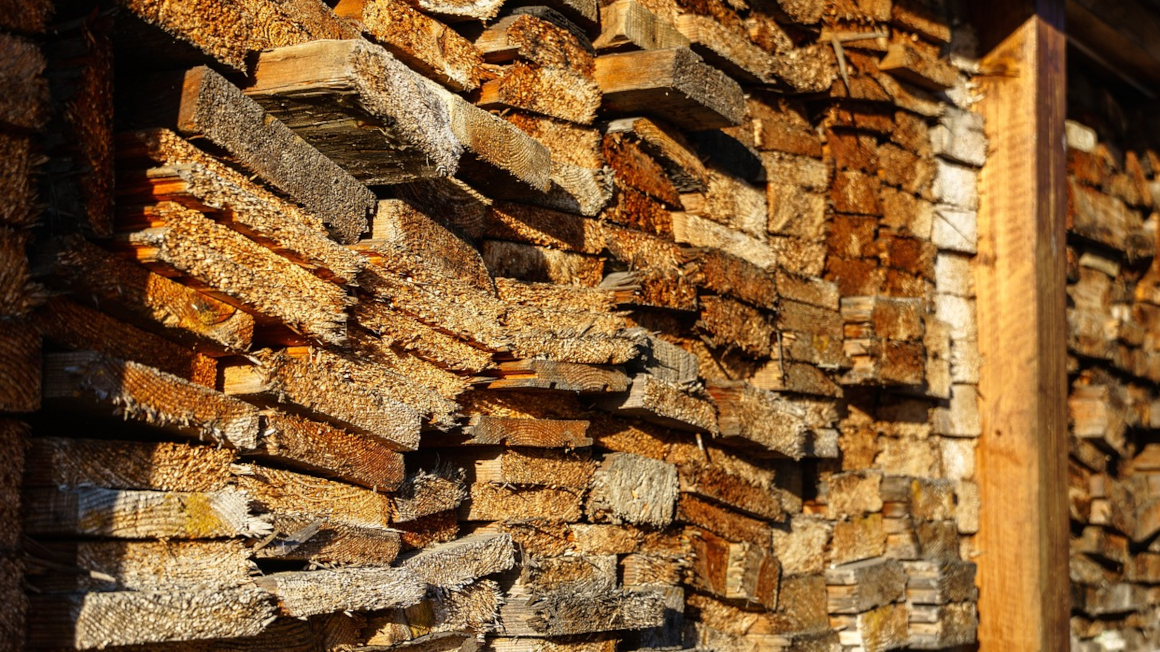New biosolar cell closes green gap
By combining a photosynthetic protein complex with a light-collecting protein from cyanobacteria, researchers have succeeded for the first time in converting the green part of light into energy.

For millions of years, plants have been generating energy from photosynthesis. This complex biochemical process is controlled by two major proteins: the photosystems (PS) I and II. These natural photosynthetic protein complexes are also the heart of biosolar cells. They enable the conversion of the energy of sunlight into chemically bound energy. A special role is played by PSII, which can use water as an electron source for power generation. However, the green part of the sunlight has not been usable so far. Scientists from the Ruhr-Universität Bochum (RUB) around Marc Nowaczyk and Volker Hartmann and from the Israel Institute of Technology in Haifa around Noam Adir have now closed this so-called green gap. As the team reported in the Journal of Materials Chemistry, they combined PSII with light collecting proteins from cyanobacteria called phycobilisomes.
Stable supercomplexes close green gap
In contrast to the PSII of other organisms, cyanobacteria can also use green light with the help of light collecting proteins. "Cyanobacteria have solved the problem by forming special light-collecting proteins, the phycobilisomes, which also make use of this light," explains Marc Nowaczyk, head of the project group Molecular Mechanisms of Photosynthesis at the RUB. Nowaczyk and his team have now succeeded for the first time in doing in the laboratory what works perfectly in nature.
To achieve this, the scientists created stabilized supercomplexes in which they permanently attached the proteins close together. They then inserted them into electrode structures. "We were able to master this challenge with customized, three-dimensional and at the same time transparent electrodes in combination with redox-active hydrogels," says study author Volker Hartmann.
Efficiency of the biosolar cell increased
In this way, the researchers succeeded for the first time in developing a two-component bioelectrode that uses twice as many photons within the "green gap" and could thus significantly increase the efficiency of biological solar cells. Next on the agenda is to improve the production and lifetime of the biological components.


